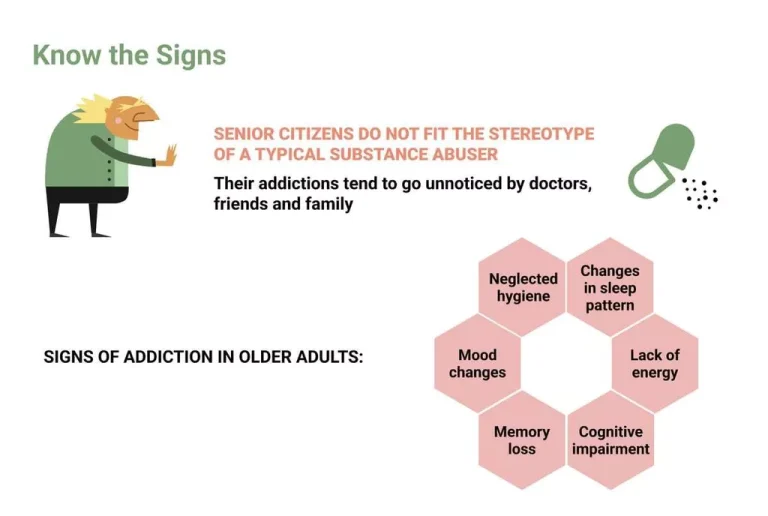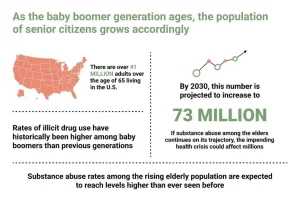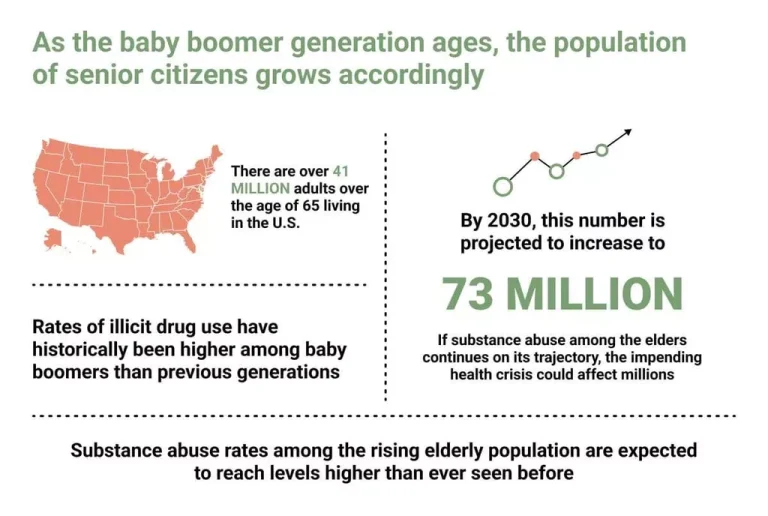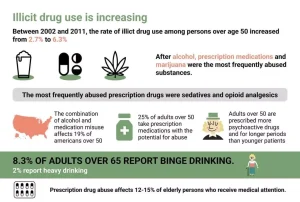
Buprenorphine is a μ-opioid agonist/antagonist prescribed similarly to methadone for medication-assisted treatment of opioid use disorder. Psychiatric evaluation is strongly recommended to rule out mental health concerns such as suicidal ideation, major depression, and polysubstance abuse. The estimated global prevalence of withdrawal in adults for heavy episodic alcohol use is 18.4.%, for daily tobacco smoking is 15.2%, amphetamine 0.77%, opioids 0.37%, and cocaine 0.35%. North America was found to have the highest rates of opioid and cocaine dependence. Therefore, unless the withdrawal is complicated, it will unlikely be called into the poison center.
- Consequently, the interprofessional healthcare team must ascertain the most suitable setting based on a patient’s symptoms.
- The most effective way to prevent alcohol withdrawal syndrome is to avoid drinking or drinking only in moderation.
- However, you could reduce your risk of dangerous and uncomfortable withdrawal symptoms by seeking medical help instead of quitting cold turkey or adjusting your medication on your own.
Stage 4: 48 to 72 hours after last drink
And if you’re https://ecosoberhouse.com/ experiencing these symptoms several days a week, it’s very likely you are already dependent on alcohol. Discontinuation of benzodiazepines, barbiturates, and other sedatives or hypnotics after long-term use results in withdrawal symptoms resembling those of alcohol withdrawal syndrome. Sedative-hypnotic withdrawal syndrome is characterized by pronounced psychomotor and autonomic dysfunctions.
Symptoms of alcohol withdrawal
When compared to the withdrawal syndrome of GABA agonists, such as alcohol and benzodiazepine, the opiate withdrawal response is usually mild and less severe. Although the experience is exceptionally distressing for the patient, it is not life-threatening when drug discontinuation occurs naturally. The withdrawal usually resembles a flu-like illness characterized by yawning, sneezing, rhinorrhea, nausea, diarrhea, vomiting, and dilated pupils.
Introduction ‐ Medical Burden of Alcohol Abuse

Moderately severe AWS causes moderate anxiety, sweating, insomnia, and mild alcohol withdrawal syndrome symptoms tremor. Those with severe AWS experience severe anxiety and moderate to severe tremor, but they do not have confusion, hallucinations, or seizures. When not properly treated, AWS can progress to delirium tremens (Table 38–10). Following alcohol cessation, alcohol withdrawal syndrome typically presents as minor symptoms such as mild anxiety, headache, gastrointestinal discomfort, and insomnia. This syndrome can further progress to severe manifestations, such as alcohol withdrawal delirium, which poses significant diagnostic and management challenges.
Opioids
Although severe withdrawal symptoms can take up to a year to fully recover from, most people feel better within a week of stopping drinking. Ethanol binds to postsynaptic GABAA receptors (inhibitory neurons). This hyperpolarizes the cell, decreasing the firing rate of neurons, ultimately producing sedation. Long-term use of ethanol subsequently results in downregulation of GABAA receptors.
Alcohol withdrawal syndrome: mechanisms, manifestations, and management
- The first goal of treatment is to keep you comfortable by managing your symptoms.
- The three-question Alcohol Use Disorders Identification Test–Consumption and the Single Alcohol Screening Question instrument have the best accuracy for assessing unhealthy alcohol use in adults 18 years and older.
- But if you’ve gone through alcohol withdrawal once, you’re more likely to go through it again the next time you call it quits.
- If the patient is hypoglycemic, glucose should not be withheld, and dextrose 50% in water (25 mL to 50 mL) and thiamine (100 mg intravenously) should be provided.
They’ll want to know if you’ve ever gone through withdrawal before. By Sarah Bence, OTR/LBence is an occupational therapist with a range of work experience in mental healthcare settings. Behavioral treatment programs are helpful for people who want to quit drinking. These programs involve working with a team of mental health professionals in a group and individual setting. Tap into your social network to help support you through alcohol withdrawal.

Path to improved health
If your symptoms become more severe, it’s essential to reach out to your treatment team and seek professional help right away. It’s best to be in a calm and controlled environment to reduce the risk of symptoms progressing toward hallucinations. AWS can evolve in a few hours or a few days but often develops between 6 to 24 hours after your last drink. Once you stop drinking, though, the sudden change may come as a shock to your brain, which altered some of its chemistry to make up for the alcohol’s presence.

You can go straight into’ fight or flight’ mode as the alcohol leaves your system, even when there’s no danger present. If you (or someone you’re looking after) experience repeated vomiting, severe shaking or hallucinations, seek medical attention. If you are concerned you might be dependent on alcohol, you should seek medical advice to help you cut down and stop your drinking safely. Find out what they are and what you should do if you are experiencing them.
- Minor alcohol withdrawal symptoms typically set in about 6 hours after your last drink and may last 4 to 48 hours.
- The likelihood of developing alcohol withdrawal increases with the amount and frequency of your alcohol intake.
- The continued use of alcohol causes changes in the central nervous system and neurotransmitter production in the brain.
- The first symptoms—and maybe the only symptoms—you experience may resemble a bad hangover.
- The duration of PAWS can depend on a range of factors, including the substance you used and how frequently you used it, as well as your support system.
- Medical history and laboratory biomarkers are the two most important methods for the identification of patients at high risk.
The course emphasizes the importance of interprofessional collaboration in managing withdrawal syndromes, highlighting how teamwork among clinicians, nurses, pharmacists, and mental health professionals can improve patient outcomes. They can help you quit drinking in a safe environment and prevent serious symptoms of alcohol withdrawal. It’s important to address issues with heavy drinking in a medical environment rather than trying it on your own. Symptoms outside of the anticipated withdrawal period or resumption of alcohol use also warrants referral to an addiction specialist or inpatient treatment program.




